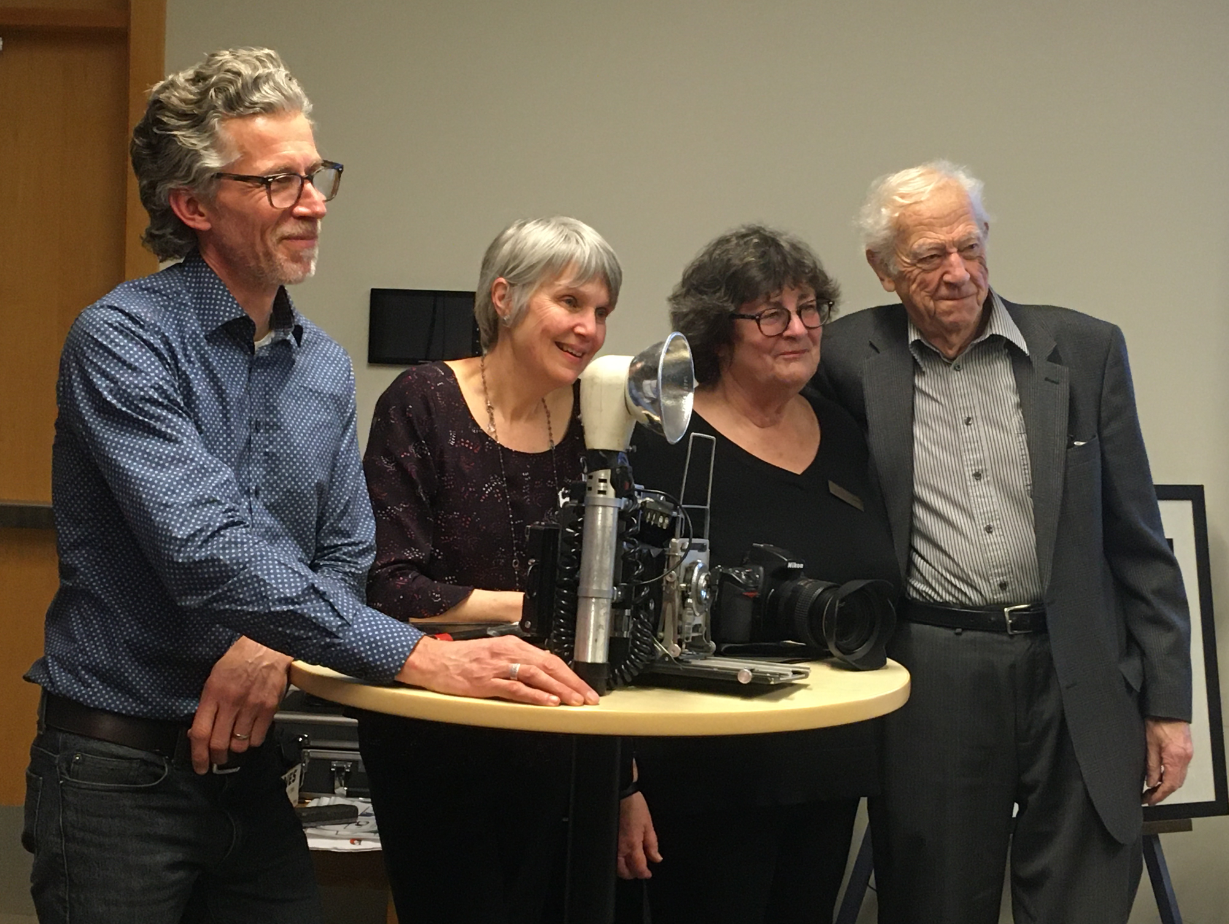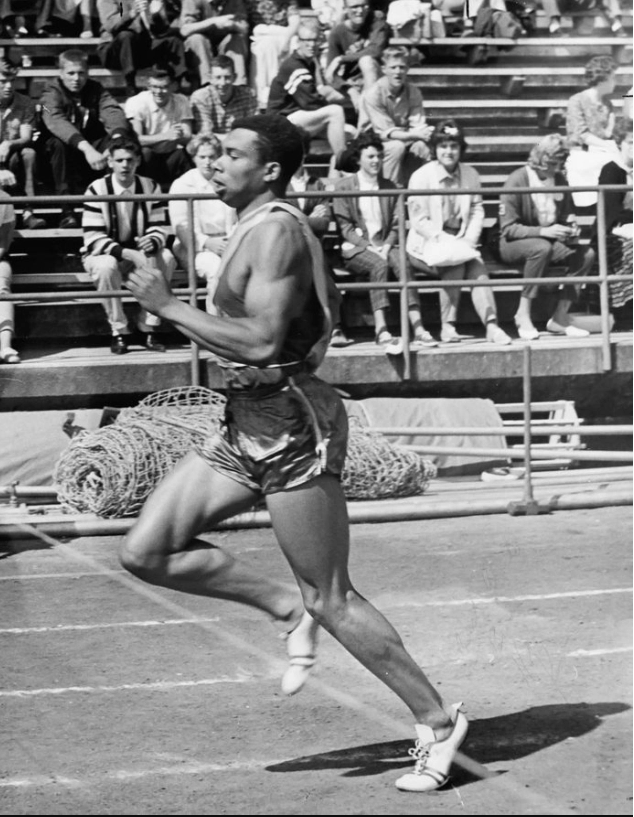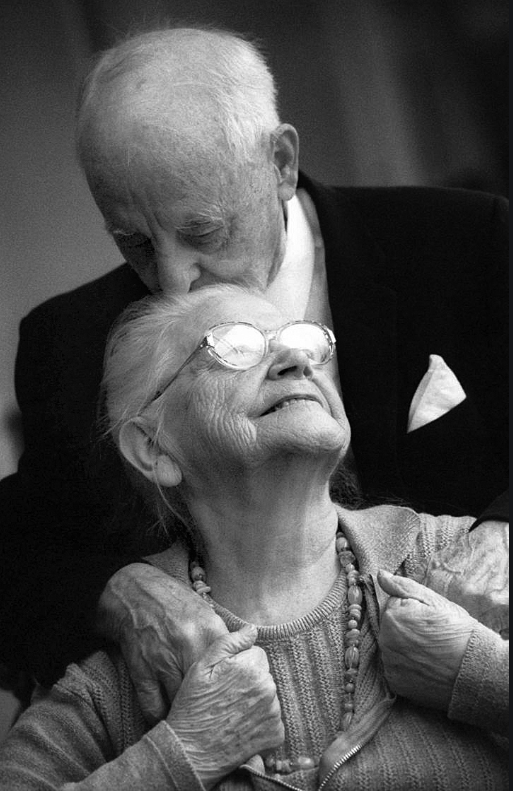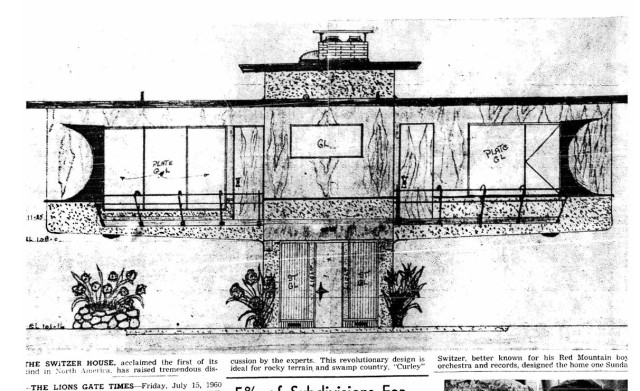It wasn’t easy getting a seat at the West Vancouver Library last Wednesday night. The West Van Historical Society presented Local Voices: Shooting the North Shore with Ralph Bower, retired Vancouver Sun photographer and Mike Wakefield, who also recently retired from a 35-year photography career with the North Shore News.

The place was packed. I found myself sitting next to former Vancouver Sun and NSN columnist Trevor Lautens, behind former Sun business reporter Alan Daniels, and in front of Peter Speck, the founder of the NSN.
I can’t say I worked with Ralph when I was at the Sun in the ‘90s, but when I did a search of my stories, I see Ralph had photographed a couple of them. And, as I research my current book Vancouver Exposed: Searching for the City’s Hidden History, I keep coming across photos that Ralph shot. Ralph started at the Vancouver Sun in 1955, and he brought along the camera he worked with—a Speed Graphic that held 10 negatives. He was still there—just—in 1996 when the Sun bought six digital cameras for $20,000 a pop, and in doing so, wiped out film.

Ralph and Mike are local North Shore boys, born, bred and stayed. Ralph in Queensbury and Mike in Lynn Valley.
Both were asked to share five of their favourite photos. Ralph chose a Canucks game in 1970 when he was the first photographer to place a camera in the net; his friend Harry Jerome at Empire Stadium in 1962, Muhammad Ali, the 1958 Second Narrows Bridge disaster, and a horrifying photo of a knife wielding man dangling his tiny son from a third-floor balcony.

Mike chose a photo of kite surfers at Ambleside which he took moments before falling down the rocks and breaking his camera. There’s a beautiful shot of the top of the Lions Gate Bridge peaking out from under the fog; one of dozens of people snapping phone shots of the Vancouver Aquarium releasing seals at Cates Park, a fascinating study of award winning film students at Carson Graham Secondary, and Jim Burton and his wife Susan.

“The best photo I’ve ever taken, I probably had the least to do with it,” said Mike. It was Jim Burton’s 101st birthday and he was being awarded France’s Legion of Honour for his service in the First World War. Burton wanted Susan, his wife of 70 years in the photo. Susan had Alzheimer’s, so they went to the care unit. Burton helped Susan into a chair and combed her hair. Susan gripped his hand and smiled. Burton kissed his wife’s hair. And Burton told Mike “We are ready for our photo.”

He’d already taken it.
“Sometimes it’s skill,” says Mike. “Sometimes it’s dumb luck.”
© All rights reserved. Unless otherwise indicated, all blog content copyright Eve Lazarus.




